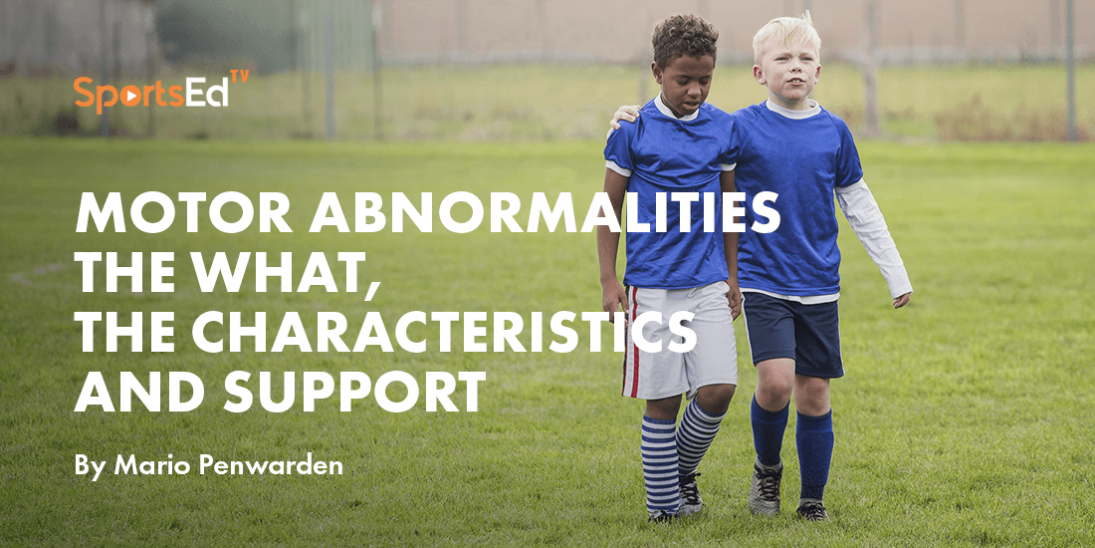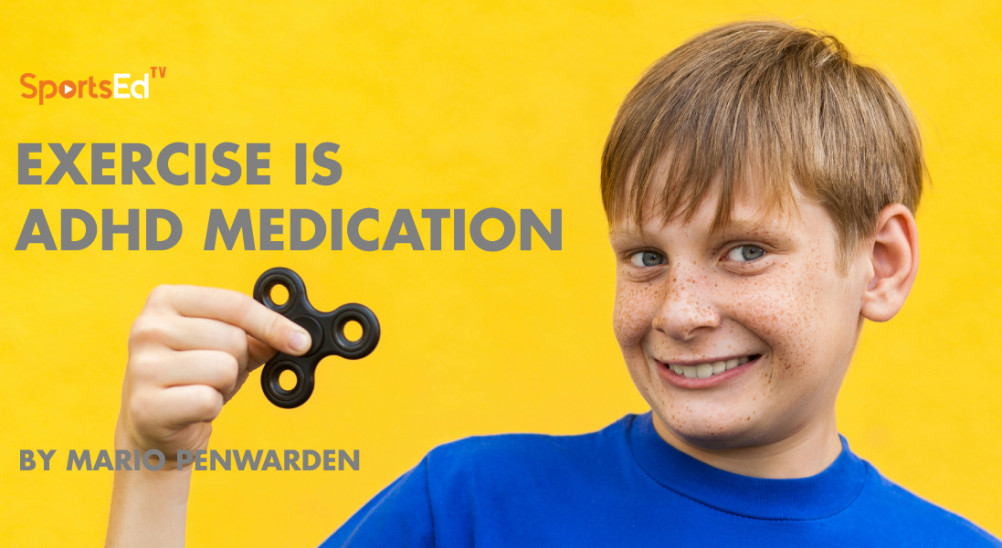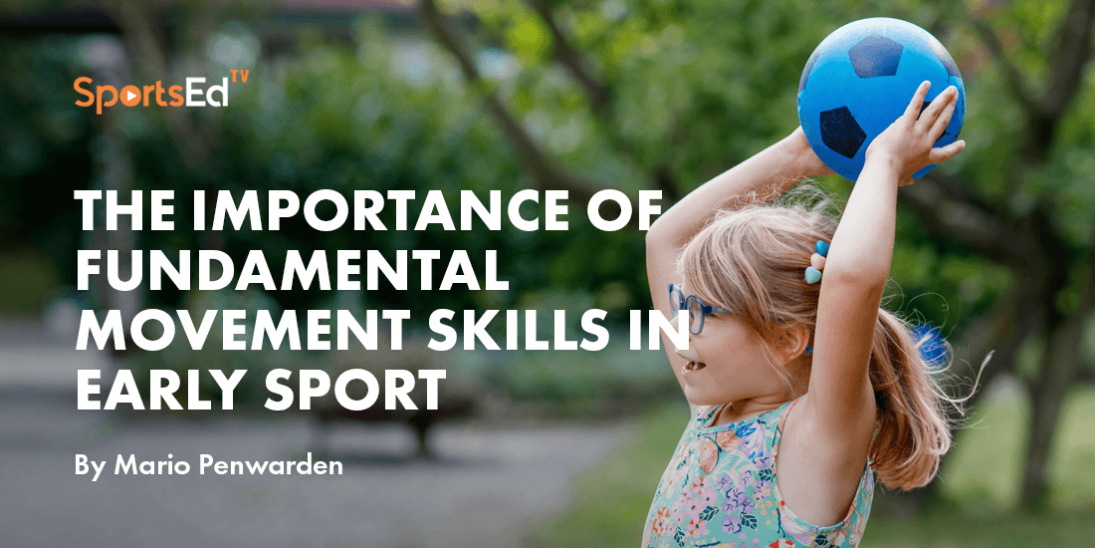Physical Education, Sports Parenting
Welcome and thanks for visiting...

Primitive Reflexes: The often overlooked culprit.
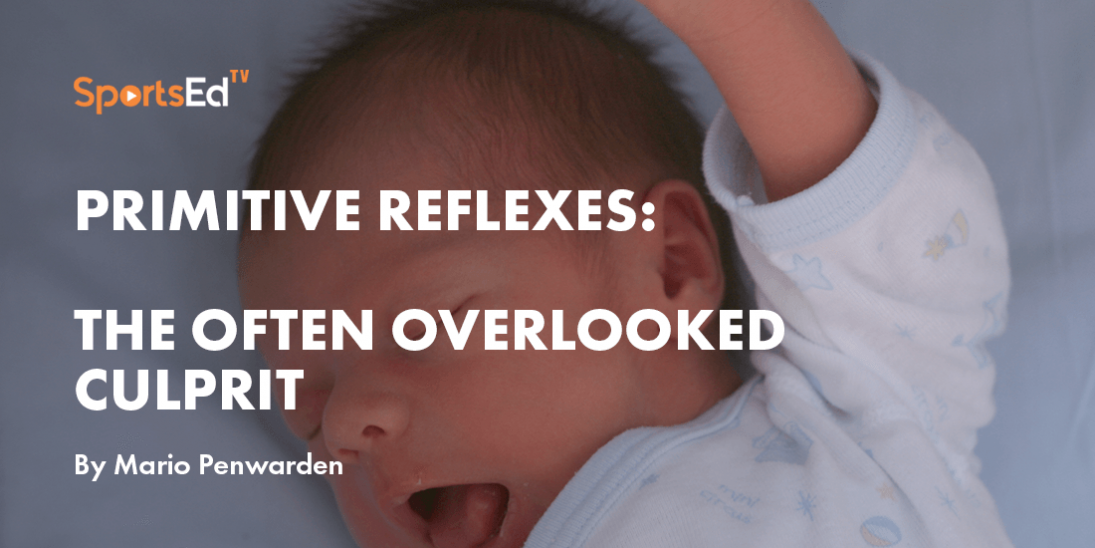
The body and the mind are interlinked, so it is almost impossible to separate them. There are so many underlying neuro factors that impact the physical that we sometimes overlook them in the quest to find answers for delays in physical development.
What are primary reflexes?
Primary reflexes are automatic and involuntary movement patterns that are present in infants from birth to around six months of age. These reflexes are important for survival and the development of motor skills, but they typically disappear as the child grows and develops more complex voluntary movement patterns.
Some examples of primary reflexes include the Moro reflex, which causes a baby to spread their arms and legs in response to a sudden noise or movement, and the rooting reflex, which causes a baby to turn their head and open their mouth in response to a touch on their cheek. Other primary reflexes include the sucking reflex, grasping reflex, and stepping reflex.
Primary reflexes are important for the development of the nervous system and motor skills in infants, but they are not typically present or active in older children or adults. If primary reflexes persist or reappear later in life, it may be a sign of neurological or developmental issues that should be addressed by a medical professional.
What can go wrong with primary reflexes?
One of these culprits is often primitive reflexes and the retention thereof. When a baby is born, it responds in various ways to different stimuli, such as touch and sound. These responses allow the baby to interact with the environment and also act as a survival mechanism in many instances. The reflexes are also vital in the birthing process and help to build the foundations for cognitive and motor skills as the baby grows. These reflexes will typically integrate into mature responses within the first year to a year and a half as the central nervous system develops. When this integration fails to take place optimally, the child retains some of these reflexes, which will affect and interfere with normal development to take place.
Some of the most common reasons for reflex retention
- Low birth weight at birth.
- Prolonged or premature birth.
- Traumatic birth, suction, forceps, emergency C-section.
- Severe illness, trauma, or injury in infancy.
- Lack of tummy time.
- Decreased ability to explore the environment in early months.
- Too much time in the bouncer, stroller, or car seat, which restricts (if overused) the development of motor patterns and pathways.
- Missing crawling stage.
This is also why therapists will always try and track the development of a child from birth in an attempt to map out the achievement of vital milestones and events in that child’s life.
How do poorly developed reflexes affect movement and posture?
As the child grows older and more development takes place, the primitive reflexes change into high-order reflexes. The human being requires about 36 reflexes for normal motor development. Fourteen primary reflexes have already been very important since the first year and bear specific relevance to standing upright to balance all four limbs and control the head. As development increases, the primitive reflexes disappear and are replaced with equilibrium reflexes.
If the primitive reflexes do not disappear by the end of the first year and the equilibrium reflexes do not take over in time, problems may be experienced with actions such as running, jumping, and skipping. This may also cause the child to be slow to start walking, and when the child does, in fact, start walking, he does so in a very awkward, clumsy, and uncontrolled manner. Such children struggle to apply movement and body management correctly in respect of gravity because the neuro-motor system channels incorrect messages to the child, which causes the child to move towards instead of away from gravity.
Motor actions can, therefore, only be acquired successfully if the primitive reflexes are fully replaced by equilibrium reflexes. Tonic neck reflexes affect the static posture in that this increases the tone of and muscle tension in a whole group of muscles. If the asymmetrical tonic reflexes do not disappear after 10 months of age, it may cause the child to be unable to raise his hands to the median of the body when the head is turned. It may also cause the head to be turned to one side during the crawling action or during throwing or catching actions. This may further cause incorrect execution of complex motor actions because the higher centers of the brain do not develop normally.
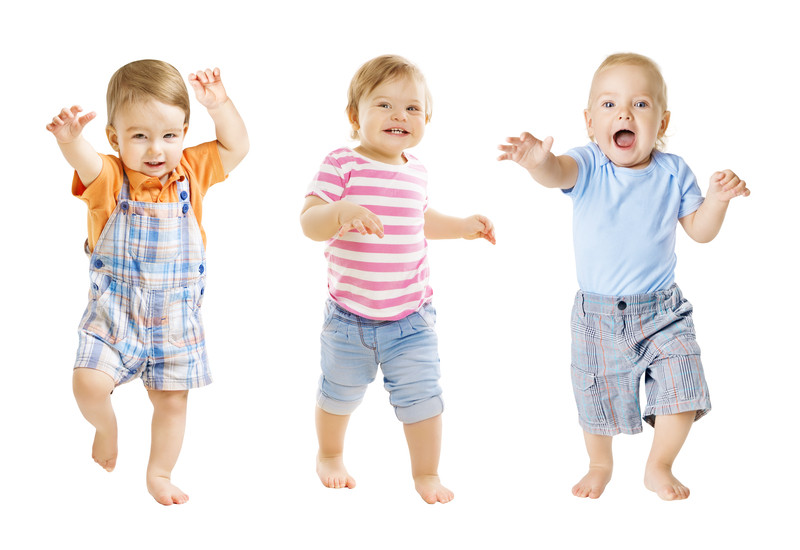
As the above list indicates, reflexes play a massive role in the normal development of postural and movement actions. It is, therefore, very important that PE teachers and coaches are aware of this often-overlooked culprit when children display certain movement development delays. It is equally important for teachers to be aware of the impact retained reflexes can have on academic development and classroom behavior, as it takes a massive amount of energy for a child to compensate for retained reflexes. This energy depletes the children's energy, and they eventually run out of energy for higher-level activities such as learning, playing, and emotional growth.
It is therefore imperative that when you suspect that there might be a developmental delay, to cover all the bases, and have the child tested by a professional therapist for possible retained reflexes.




